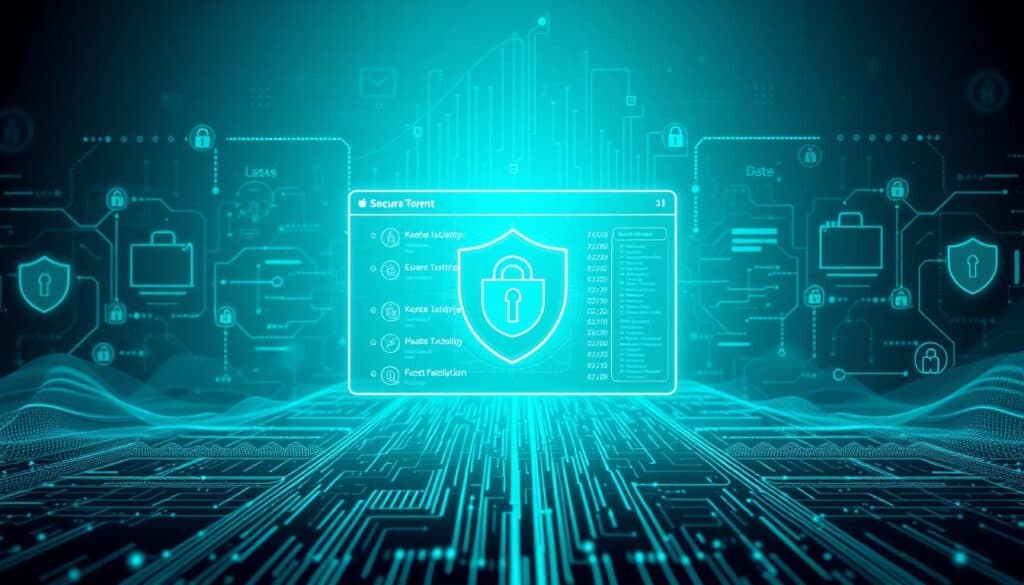Collecting Addresses Through a Address Collection Site
Collecting addresses during the COVID epidemic is a challenging and time-consuming task. A centralized list can make gathering addresses for a wedding or other event much easier.
Create a website using your personal URL. Share this link with your friends and family members to ask for their mailing addresses, birthday information as well as phone numbers. Your new website will save all of this information for you - no charge, limit or hassle!
Collecting Addresses
The collection of addresses is a crucial task for any wedding. It can be accomplished using a variety of methods including traditional and digital. A website is the most efficient way to collect and organize addresses. These websites are simple to use, and you can share them with your friends and family so that they can include their details online. You can download the information at any time in a CSV or spreadsheet. These websites are usually free to use and never sell your address information or keep it in any database.
주소모음 of the most well-known digital options is a website called Mailbook. This site helps couples collect and compile the details they require for their invitations. After signing up for a free account you will be provided with a unique link which can be shared via text message or Facebook, or via email. The link will prompt users to enter their email address and then save it in your personal contact list. The service also provides a number of other features that make it an excellent option for couples looking to simplify their wedding planning.
Apps for smartphones and tablets are a second option to collect and organize addresses. These apps can be used to create personalized envelopes and labels that can be used to send invitations or thank you cards. These apps are generally free to download and come with a variety of features that can be beneficial in planning your wedding.
There are many ways to collect addresses. Combining both manual and digital methods is the most effective method to ensure that everyone receives an invitation. In addition to making the process more efficient, having a centralized list of addresses can also help you to communicate with your wedding vendors and check off the other items on your wish list.
Mobile Apps
Every mobile phone has an address book built-in, often called "Contacts." These apps include additional tools to help you manage your personal information. Some apps include backup and sync features that allow you to transfer contact information and content between devices. Some include unique features, such as the social compass, which informs friends of each other's existence or a caller identification service that allows users exchange contact information in a single click.
CircleBack (Free/iOS) blends the latest information from social networks to eliminate duplicate entries and improve the information about contacts. The app also detects any missing information, such as job titles, and alerts when the contact has been updated on a different device.

Stat Trak Address Book is an easy software application that permits you to keep contact information, print address books and labels. The customizable features of the Stat Trak Address book allow you to add additional information in the form of notes and group information by categories. The software allows you to recall contacts by first or last name and provides reminders for birthdays coming up. It also allows you to analyze business data with comprehensive reports and reduces time by automating tasks. The software offers multiple options for printing envelopes and address labels, as well as templates to design your own designs.
Manual Methods
Addresses are an essential element of information used for administrative purposes and emergency response, research and development and mapping, GIS, and routing and navigation. Addresses are collected by local authorities in the thousands and are stored in numerous databases and records. They can be used for different reasons. The various formats and types present unique challenges to the integration of these important files into central databases. Software programs can parse and standardize this information, cleaning up mistakes and duplicate entries and ensuring that the data is complete and accurate.
These programs employ algorithms that rely on complicated databases and structures like GeoPostcodes in order to test the accuracy and reliability of data. The data is then incorporated into the CSDGM to create one file. The program also allows comparison of the database with authoritative databases to confirm its accuracy and current status.
These programs are expensive to install and maintain even though they offer important functionality. This makes them difficult to implement for large companies or for the public to use and access. They may also be susceptible to errors or bugs which could lead to incomplete or inaccurate data.
There are a few standards that allow for data related to addresses, such as the Content Standard for Digital Geospatial Metadata(CSDGM), OpenGIS Simple Features Specification For SQL Revision 1.1 and the Geographic Information Data Model(OGDM). The OGC has a number of other standards that are more directly focused on address data however, they do not focus on quality information or reporting.
The OGC has created three standards: ISO 19113, 19114, and SDTS. ISO 19113, 19114, SDTS. These standards are focused more on describing and transferring address-related data. These standards cover content testing for different uses of this type metadata and methods for evaluating the quality of the data.
The most common method for keeping address information is to use the database. It can be as simple a spreadsheet or as complex as tables and data structures. It is a very flexible and widely-used tool but it can be difficult to set up and manage, especially in large organizations with multiple users.
